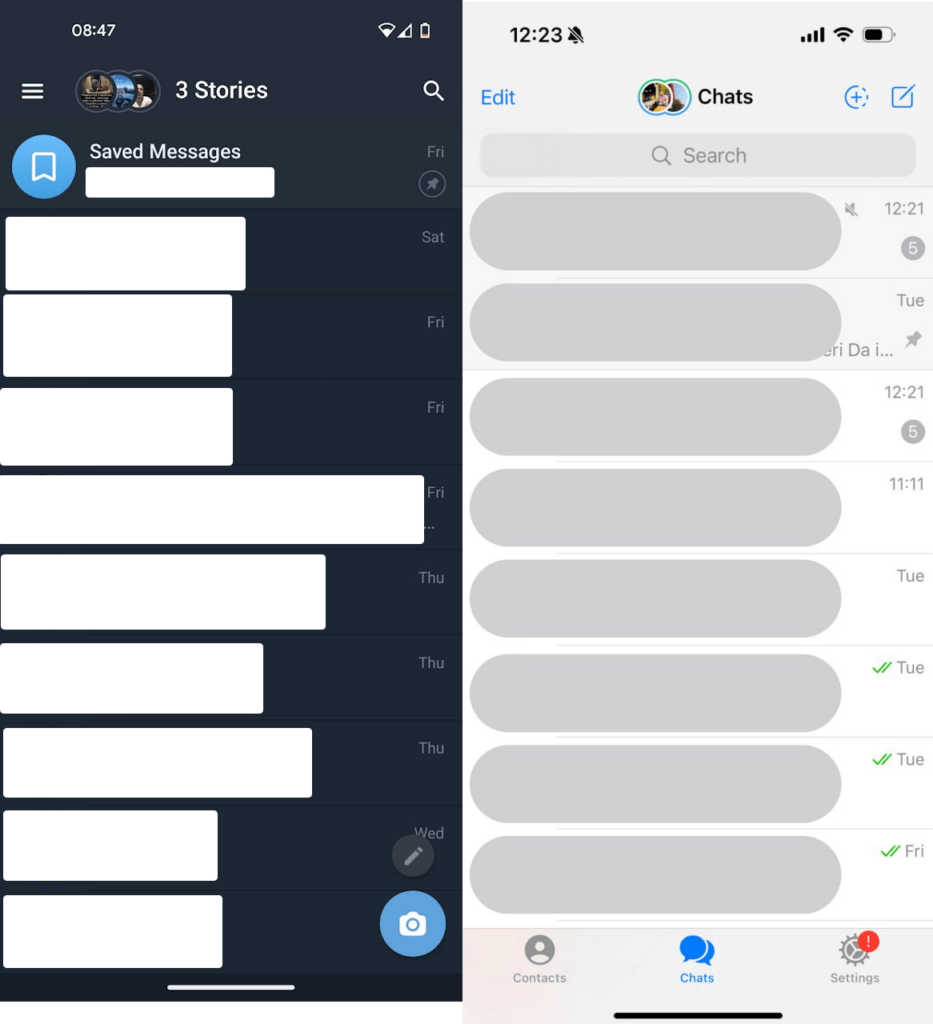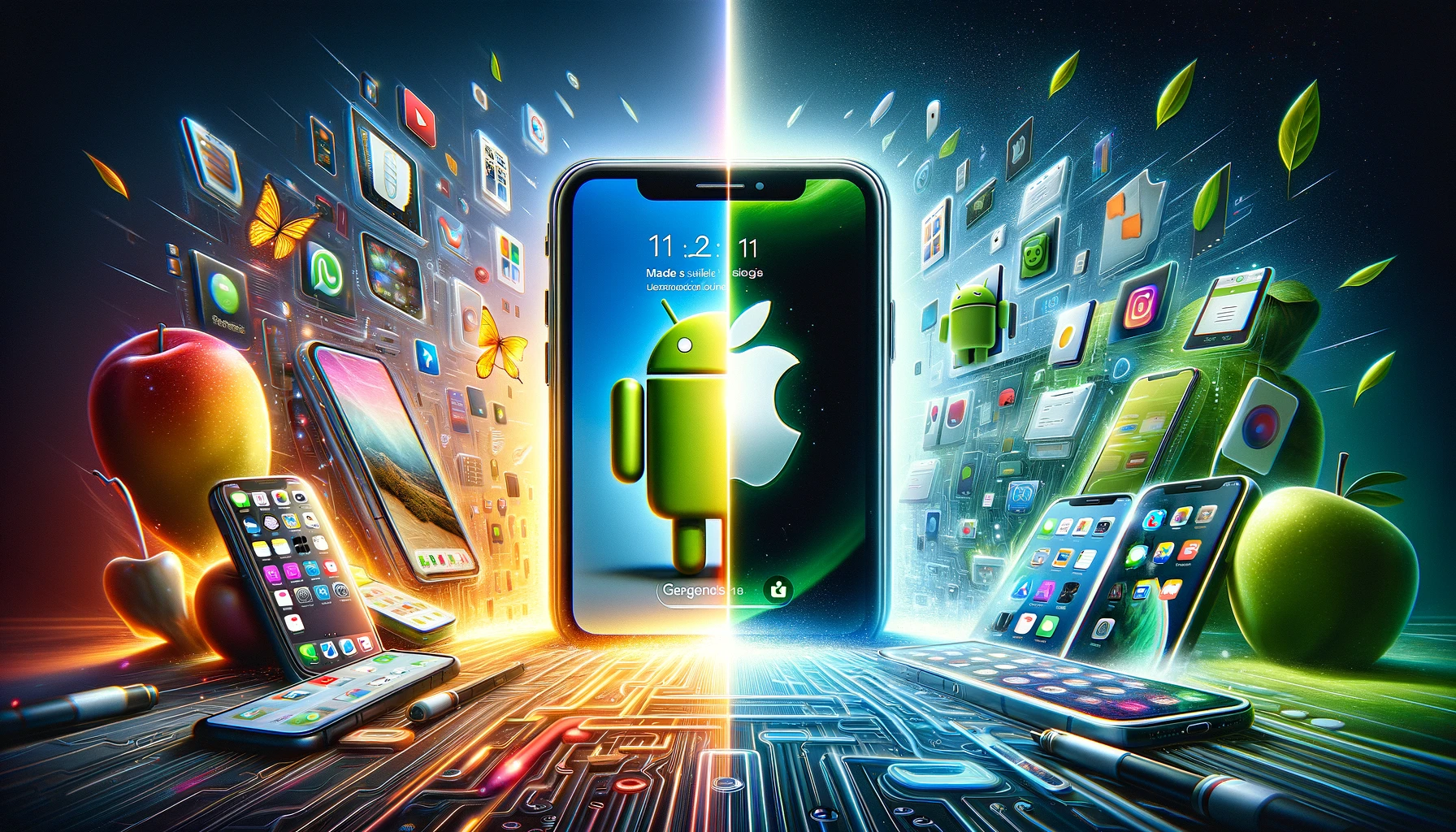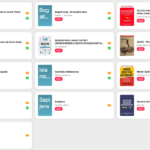I’ve written a very lengthy post six and a half years ago about my journey from Android to iPhone (here). After seven years, I found myself making the familiar journey back to iPhone from Android. In December last year, I took the plunge and invested in an iPhone 15 Pro along with an Apple Watch 9, eager to explore the latest offerings from Apple. I’ve been using it for a few months now and I’m ready to share my thoughts on the switch. Most of my reasoning from the last post still stands today, but there are a few things that have changed.
Why did I try iPhone again?
I’ve been an avid Android user ever since my first smartphone. I love the freedom and the ability to customize my phone to my liking.
As a MacBook user, I know that iPhone offers an unmatched experience when paired with a Mac. Also there are a few apps that I like that are not available on Android (namely Things, and easy integration with Notes/Reminder).
After more than three months of using the iPhone, I took my Pixel 5 out of the drawer and after a short time I realized that I missed it. Once again I decided to ditch the iPhone and go back to Android.
The good
There are a couple of things that were defintely better on iPhone than on Android. Apart from the build quality and overall performance which I expected to be better on a phone that costs five times the price, there are a few things that I really liked.
Camera
A great example is Camera, which is drastically better on the latest iPhone compared to my Pixel 5. I really liked the Pro Mode and how good the close-up photos turned out.
As someone who almost never takes any photos besides when I need to send someone a document or a receipt, I don’t care that much about the camera quality. I know that I’m in the minority here, but for me Pixel 5 camera is more than enough.
Continuity
The integration between iPhone and Mac is unmatched. I love how I can copy something on my iPhone and paste it on my Mac. I also love how I can answer calls and send messages from my Mac. Use it’s microphone and camera for the calls – this came up handy multiple times.
The easiness of seeing the Photos I took on my iPhone immediately on my Mac. The seamless experience using AirPods between my Mac, iPhone and Apple Watch is mind-blowing. It takes a split second before it recognizes that I’m using a different device and switches the audio source.
Not having to enter my password on my Mac while wearing my Apple Watch. All of these little things make the experience so much better.
FaceID
Unlocking phone with FaceID was really nice. Given that most recent Android phones use under-display fingerprint sensor, I think FaceID is a better solution. It works seamlessly and you don’t need to touch anything.
The only issue I had with FaceID is when lying in bed and trying to unlock the phone. I had to lift my head to unlock the phone, which was a bit annoying.
Privacy
What I said previously about the iPhone and Apple still stands today.
If you own a smartphone, and you probably are, most of your privacy (at least messaging, pictures, locations..) is gone. Even though we force ourselves not to believe in it, it is our sad reality. But when choosing between Google and Apple, the latter does much more to protect your privacy. Google is primarily a software company; they make their money via software. Their most profitable product is adware, their ad network. To improve their product, they need as much information as possible from their users. On the other hand, Apple is a hardware company, making most of their buck through selling iPhones, iPads, and Macs.
I was using a 3rd party keyboard on iOS, SwiftKey. When inputting sensitive information, like password or credit card info, the keyboard automatically switches to default one to ensure confidential information is not sent to 3rd party apps.
The ability to disable tracking for each app is also a great feature. If your main concern is privacy, you shouldn be using something like GrapheneOS.
Resale value
I purchased the iPhone in early December, and sold it about 3.5 months later. I purchased a new one at fairly good price, and gave a good price to the buyer. I sold it in two days at 92% of the paid price. I could’ve sold it for more, but I wanted to sell it quickly.
Timely updates
This is not something I cared about as I had the latest and greatest from Apple and Android manufacturers have been catching up, but it’s worth a mention that apple is still support XS and XR that are 5.5 years old. 7 years ago Android was at a much worse state in terms of updates.
Why did I go back to Android / Pixel 5?
There are a couple of main reasons why I decided to go back to Android. Some of them are related to the iPhone itself (bugs, missing features), and some of them are related to me prefering form factor of the Pixel 5. It’s 20% lighter and smaller from every aspect, which makes it much more comfortable to use.
I know of many Pixel 5 users who refuse to upgrade to a newer model because of it’s form factor (and rear fingerprint sensor). I’m one of them. (a Reddit thread on GooglePixel).
There are plenty of smaller bugs that would irritate me on a daily basis. Most people wouldn’t even notice these or be bothered by them. From time to time I wouldn’t receive notifications from apps until I entered them, and I know I’m not the only one with this issue.
CarPlay’s GPS was broken for me, and after searching for the issue – there were multiple threads on Apple’s support forum and Reddit with dozens of pages of people having the same issue.
The dialer app is still missing T9 calling for some reason. I complained about that in my last post (7.5 years ago) and that still hasnt changed, even though it’s very simple to implement. I’ve seen others complain about this as well, such as JerryRigEverything in his video reviewing iPhone. The funny thing is that the dailer containers letters, but they are useless and you can’t use them to search for a contact.
Customization
As I grew older I started caring less about customization and more about simplicity. Still after going back to my Android, I missed the ability to customize my phone to my liking. I have only few apps on my home screen, and depending on where I swipe them they open a different app (i.e. I have my main banking app on the home screen, and if I swipe it up or down it opens a different banking app). I can customize size of icons, dock, number of icons and much more quite easy.
I can easily sideload apps from F-Droid (such as NewPipe) or GitHub. I know that is changing in EUA due to recent legislation, but this change will not affect me nor majority of users.
App design
What I said previously about the iPhone and Apple still stands today. I prefer how apps look on Android. An app I use very frequent is Telegram, and it’s not even comparable how much better it looks on Android compared to iOS.

Productivity
Given Android’s customizability I’m much more productive using it compared to iPhone. This may be subjective and due to my lack of experience on using things like Shortcuts, but I find it much easier to use Android for my daily tasks. My homescreen contains only few apps, and swiping up or down on them opens a different app. Using apps, keyboards is much more intuitive (for me) on Android.
Overall I’m very happy again with my Pixel (apart from the Emergency calling bug that I’ve posted about here – someone from Google reached out to me and said they are working on it).
I like its form factor, the ecosystem and the fact that I can customize it to my liking. The camera is behind today’s flagship phones, but it’s more than enough for me.





